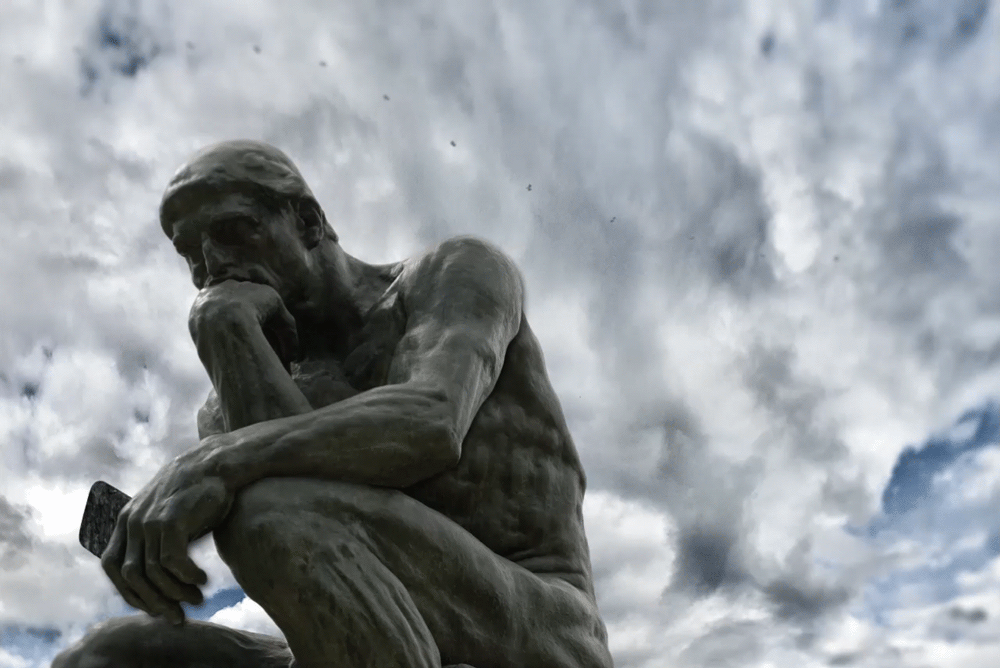What if Donald Trump wins? That’s the big question in half of the United States.
The Atlantic magazine unleashed an unhappy New Year package of 24 essays forecasting that Trump 2.0 will be an American hellscape on abortion, “anxiety,” “autocracy,” “character,” China, civil rights, climate, courts, “disinformation,” “extremism,” “freedom,” immigration, journalism, the military, misogyny, NATO, partisanship, science, etc. etc.
Spot something missing in that list?
Yep, that would be religion, despite its profound impact on the wider culture, and vice versa.
This odd omission (where are you when we need you, Emma Green?) is somewhat compensated for with a separate item by staff writer Tim Alberta (alberta.reports@gmail.com) excerpted from his new book “The Kingdom, the Power, and the Glory: American Evangelicals in an Age of Extremism” (Harper). It’s a religious follow-up to his 2019 “American Carnage: On the Front Lines of the Republican Civil War and the Rise of President Trump” (also from Harper).
There’s a pile of other recent books and articles that bemoan the sprawling U.S. evangelical movement over the militant politicization of a Trump-Era growth sector. Some of this literature reminds one of outside anthropologist Margaret Mead scrutinizing teens in American Samoa.
Alberta’s opus thus commands special attention because he’s been immersed in the evangelical subculture since his boyhood as a Michigan preacher’s kid. He’s no “ex-vangelical” dropout, and aspires to “honor God with this book,” just as Southern-Baptist-in-exile Russell Moore sought to do in last year’s “Losing Our Religion: An Altar Call for Evangelical America” (Sentinel/Penguin). Alberta here is simultaneously a journalistic chronicler and a conservative Protestant lay preacher who applies numerous Bible verses in favor of good old 20th Century evangelicalism over against the newfangled 21st Century’s New Right.










